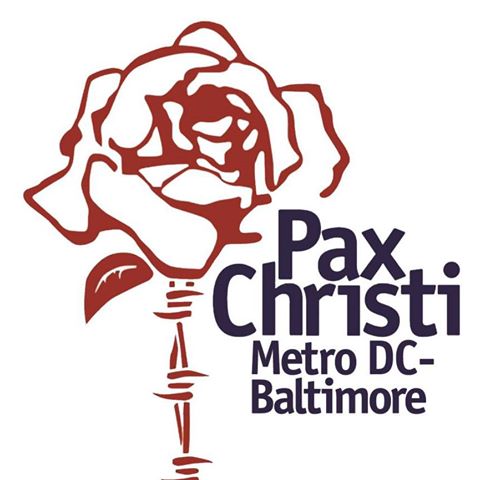By John Holden
“In many parts of the world, there is a need for paths of peace to heal open wounds. There is also a need for peacemakers, men and women prepared to work boldly and creatively to initiate processes of healing and renewed encounter.”
(Pope Francis, “Fratelli Tutti,” 225)
The last couple of years have been filled with challenging, impactful events in our world. At all levels -- in our families, our neighborhoods, our countries -- we would benefit from practices that help us to listen more deeply to each other. An example of such a practice is a 'circle process,' which is derived from Indigenous teachings and other wisdom traditions and is rooted in an understanding of profound interconnectedness. In this process, participants arrange themselves in a circle around a centerpiece, facing each other. A ‘talking piece’ is used to grant the person holding it the sole right to speak, without interruption. The talking piece is passed from person to person in one direction around the rim of the circle, assuring that each person has the opportunity to speak, one at a time. The talking piece allows those who are not holding it to focus on listening and to not be distracted by thinking about an immediate response. After an opening and check-in, members of a circle explore together and adopt a set of values and guidelines for how they want to be together in their circle. Then, focused questions are used to address issues or visions -- the purpose of the circle. Today, circles are used for many different purposes, including to build community, address conflict, or make group decisions through consensus. (Note: A circle process was used for a PCMDCB Council retreat in July 2021.) The Circle process hinges on storytelling. It can be hard work, but it is an effort that can bring astonishing results. The hope is that embracing restorative practices such as the circle process will facilitate better sharing, listening, peacemaking and conflict resolution.
In a circle, one or two "circle keepers" serve as facilitators of sorts -- not directing the group, but working to maintain the collective space and to stimulate reflection through questions. This is an important role that requires preparation for each circle. I am grateful for the opportunity in October 2021 to be one of 19 people from across the country who participated in a four-day “Circle Keeper Training” in Chicago. The training was co-sponsored by Precious Blood Ministry of Reconciliation (PBMR) and Catholic Mobilizing Network (CMN), and was led by two outstanding trainers who are PBMR staff members. Among the many lessons from the training was the necessity to build trust and to assist circle participants in creating a safe space in which each person can speak and listen from the heart. As I observe and reflect on our world today, it seems that these elements -- trust, respect, safe space, listening -- would be helpful to address a range of needs and situations in our homes, ministries, and communities.
A related and exciting development in recent months is the release of a new restorative justice resource created by CMN. The guide, titled Paths of Renewed Encounter: A Restorative Justice Engagement Guide for Catholic Communities, echoes many of the themes in Pope Francis’ third encyclical, Fratelli Tutti.* As noted in the guide’s introduction, “CMN created Paths of Renewed Encounter to further prepare people for Gospel-centered responses to harm that enable personal, communal, and systemic transformation.” You are encouraged to read and consider this excellent resource, which is available from CMN in both print and electronic formats.
* Paths of Renewed Encounter is also the title of Chapter Seven of Fratelli Tutti. The entire chapter by Pope Francis is highly recommended for reading and reflection.




